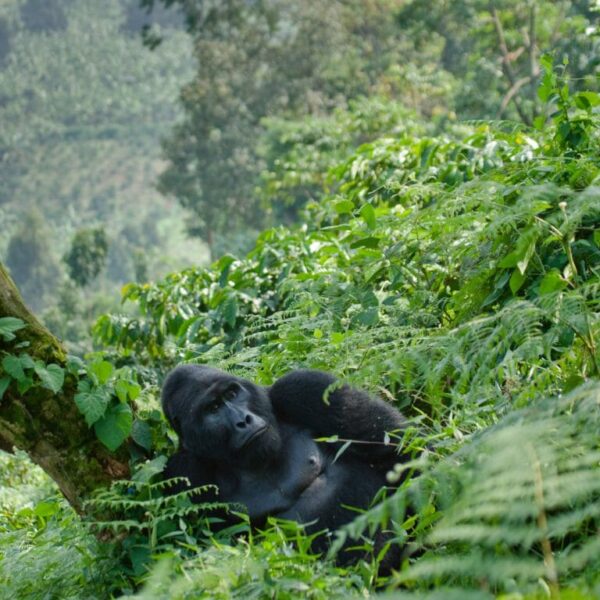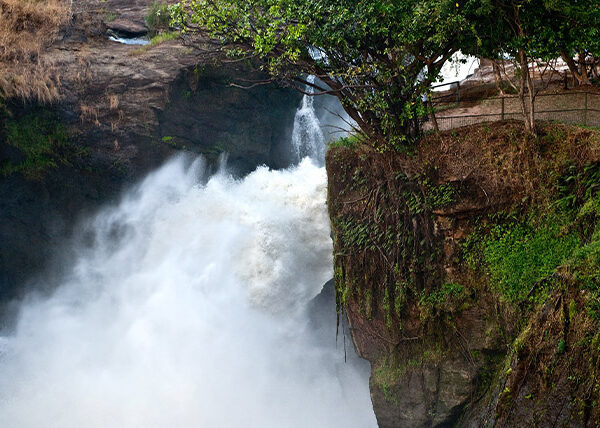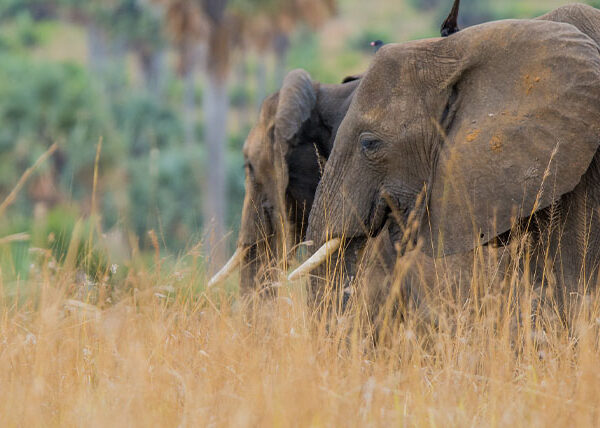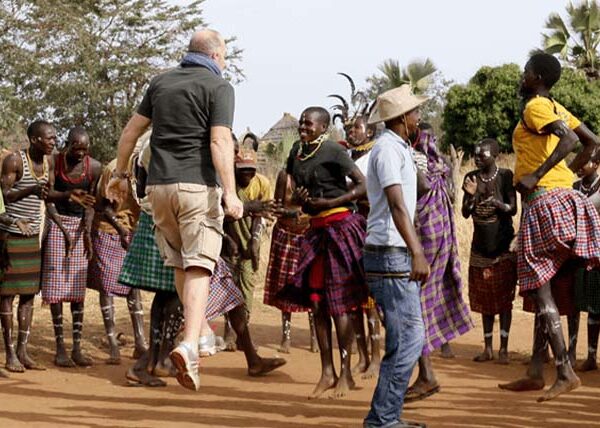Kibale National Park is one of Uganda’s most enchanting and biodiverse national parks, located in the western part of the country near the town of Fort Portal. The park is particularly famous for its primate population, including a large community of chimpanzees.
Features and Highlights
-
Primate Population: Kibale National Park is renowned for its primates, with 13 different species. The most famous residents are the chimpanzees, with over 1,500 individuals in the park. Other primates include red colobus monkeys, black-and-white colobus monkeys, L’Hoest’s monkeys, and grey-cheeked mangabeys.
-
Bird Watching: The park is home to over 375 bird species, making it a haven for bird enthusiasts. Notable species include the African pitta, the green-breasted pitta, and the great blue turaco.
-
Diverse Ecosystems: Kibale National Park features a variety of habitats, including moist evergreen rainforest, semi-deciduous forest, and patches of grassland and swamps. This diversity supports a wide range of flora and fauna.
-
Crater Lakes: The area around Kibale National Park is dotted with picturesque crater lakes, offering stunning landscapes and opportunities for hiking and exploration.
Getting There
-
By Road: The park is accessible by road from Kampala, with the journey taking approximately 5-6 hours. The route passes through Fort Portal, a picturesque town that serves as a gateway to the park. A 4×4 vehicle is recommended, especially during the rainy season.
-
By Air: There are domestic flights from Entebbe International Airport or Kajjansi Airfield to Kasese Airstrip or Semuliki Airstrip, which are relatively close to the park. From the airstrips, it is a short drive to Kibale National Park.
Best Time to Visit
The best time to visit Kibale National Park is during the dry seasons:
- December to February: This period offers good weather conditions for trekking and wildlife viewing.
- June to September: Another ideal time for visiting, with minimal rainfall and excellent conditions for outdoor activities.
The wet seasons (March to May and October to November) can make trekking trails slippery and challenging, but the forest is lush and vibrant, and there are fewer tourists.
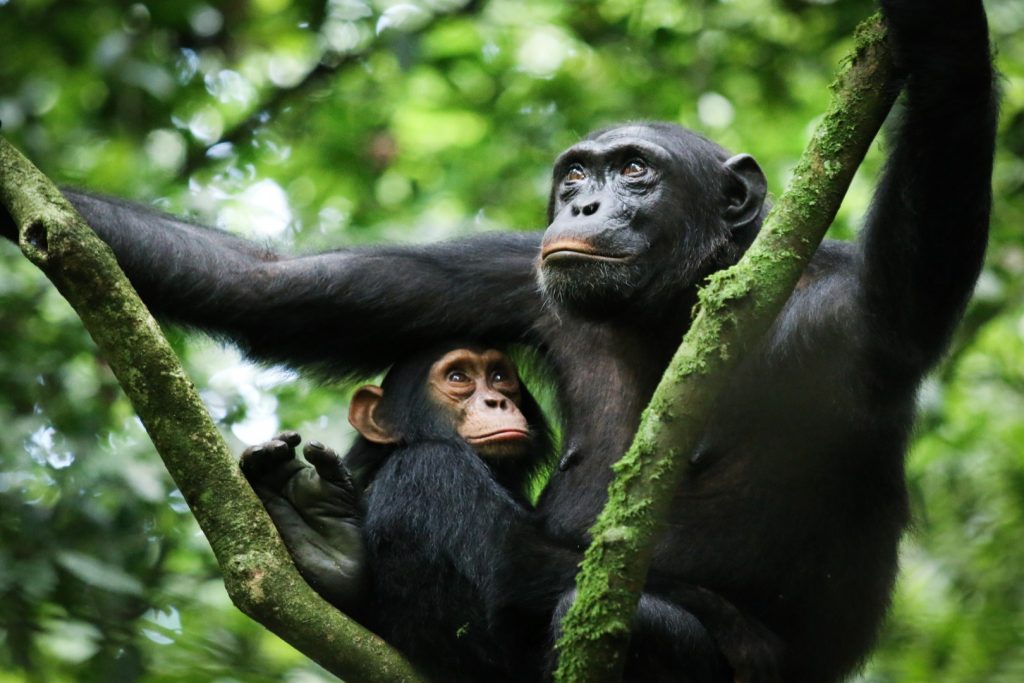
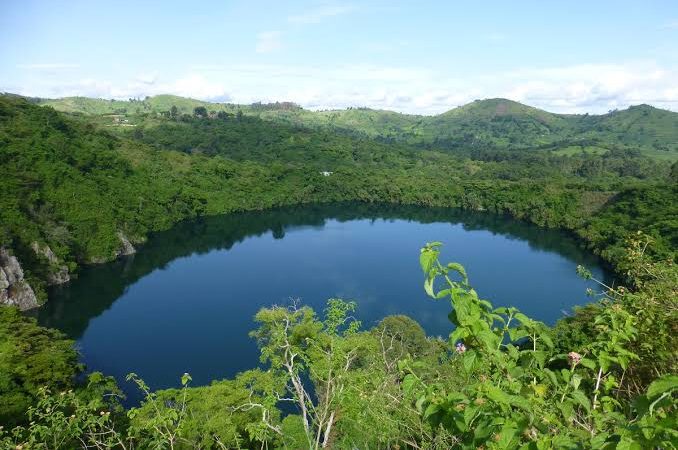
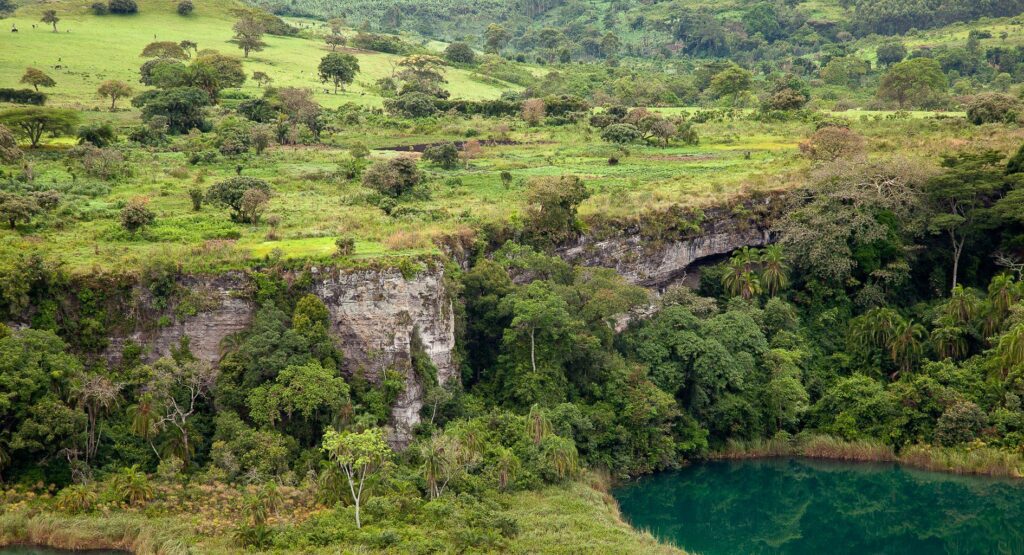
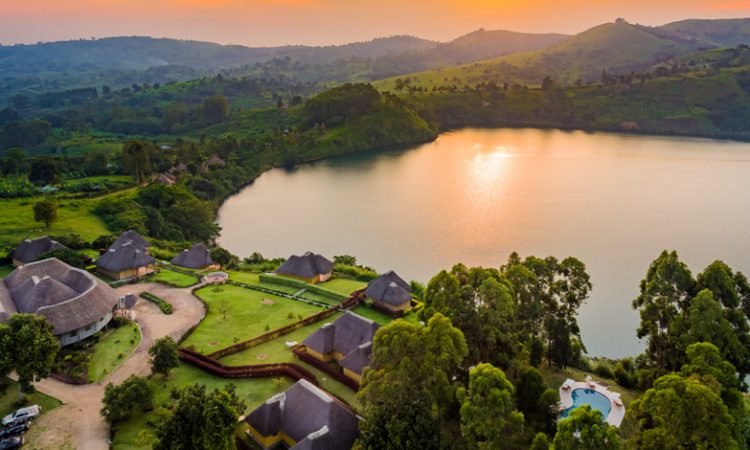
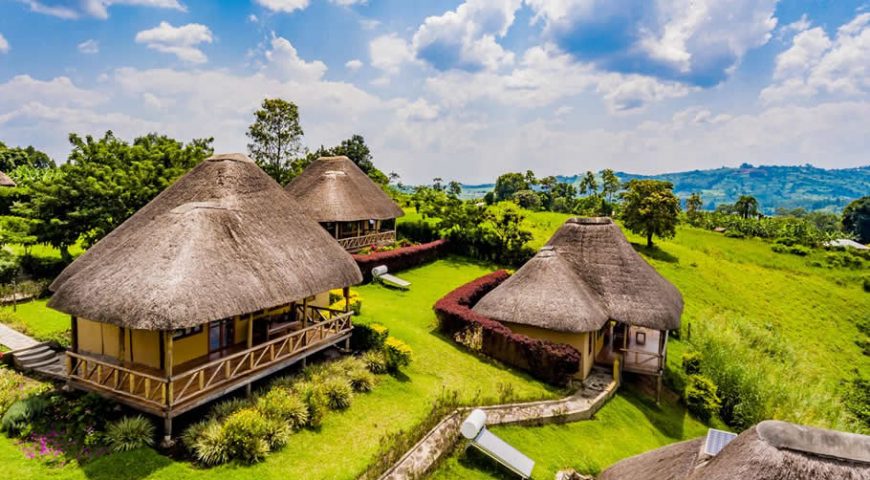
Activities
- Chimpanzee Trekking: The main attraction in Kibale National Park is chimpanzee trekking. Visitors can join guided treks to observe these fascinating primates in their natural habitat. The treks typically last about 2-4 hours, depending on the location of the chimpanzees.
- Chimpanzee Habituation Experience: For a more in-depth experience, the Chimpanzee Habituation Experience allows visitors to spend an entire day with researchers and habituators, observing the chimpanzees from early morning until evening.
- Bird Watching: Guided bird-watching tours are available, offering the chance to spot many of the park’s bird species. The Bigodi Wetland Sanctuary, adjacent to the park, is also an excellent spot for bird watching.
- Nature Walks: Guided nature walks through the forest provide opportunities to see various primates, birds, and other wildlife, as well as to learn about the forest’s ecology.
- Cultural Encounters: Visitors can engage with the local communities, learning about their traditional lifestyles, crafts, and cultural practices.
- Exploring Crater Lakes: The region around Kibale National Park is known for its scenic crater lakes. Hiking around these lakes offers stunning views and a chance to explore the unique landscape.
- Nocturnal Walks: Guided nocturnal walks are available, offering a chance to see the park’s nocturnal wildlife, including bush babies and nightjars.
Kibale National Park is a prime destination for those interested in primates, particularly chimpanzees, as well as for anyone seeking a rich and diverse natural experience in Uganda. The park’s lush forest, abundant wildlife, and range of activities make it a must-visit location.



